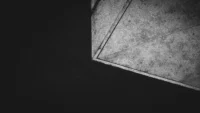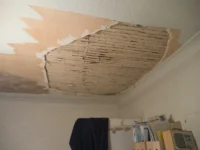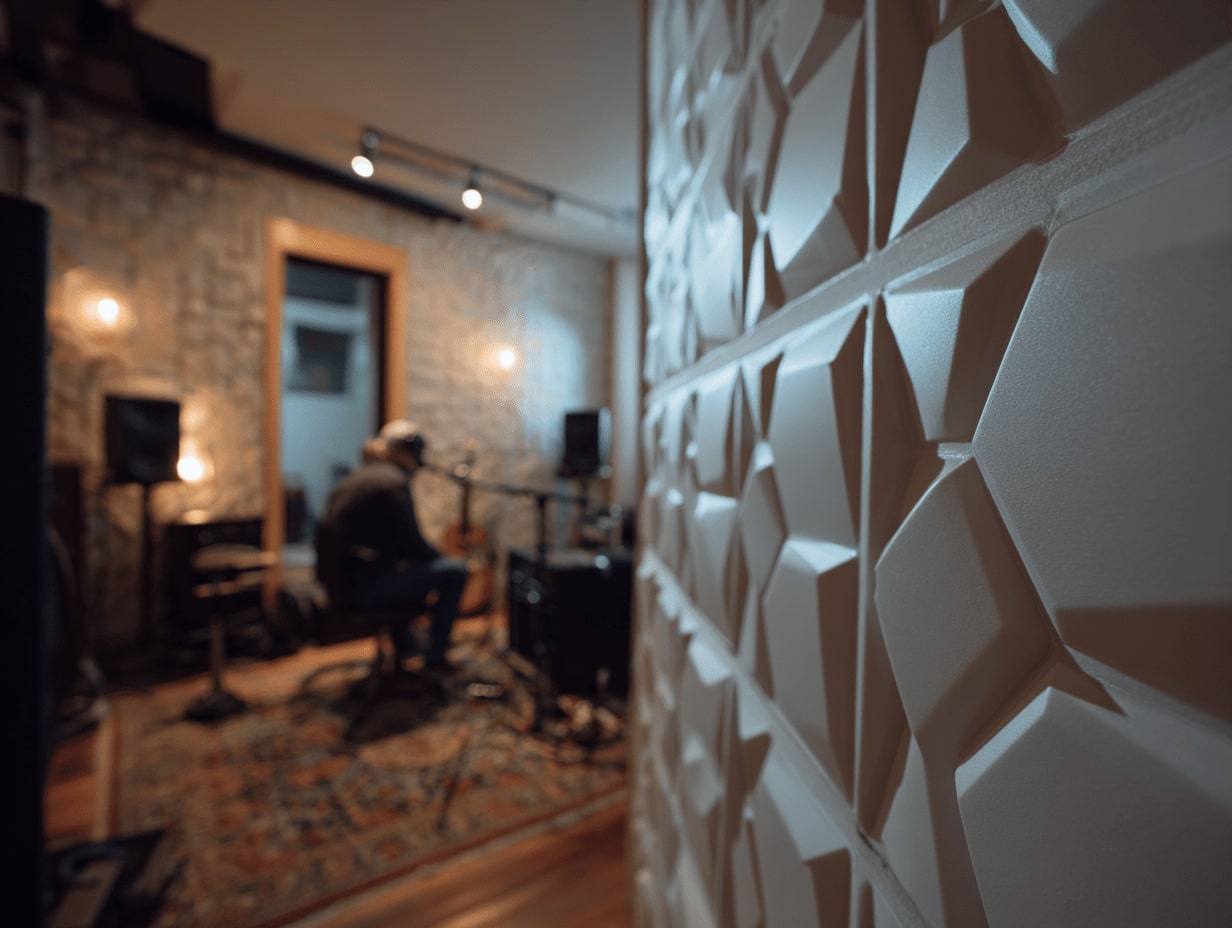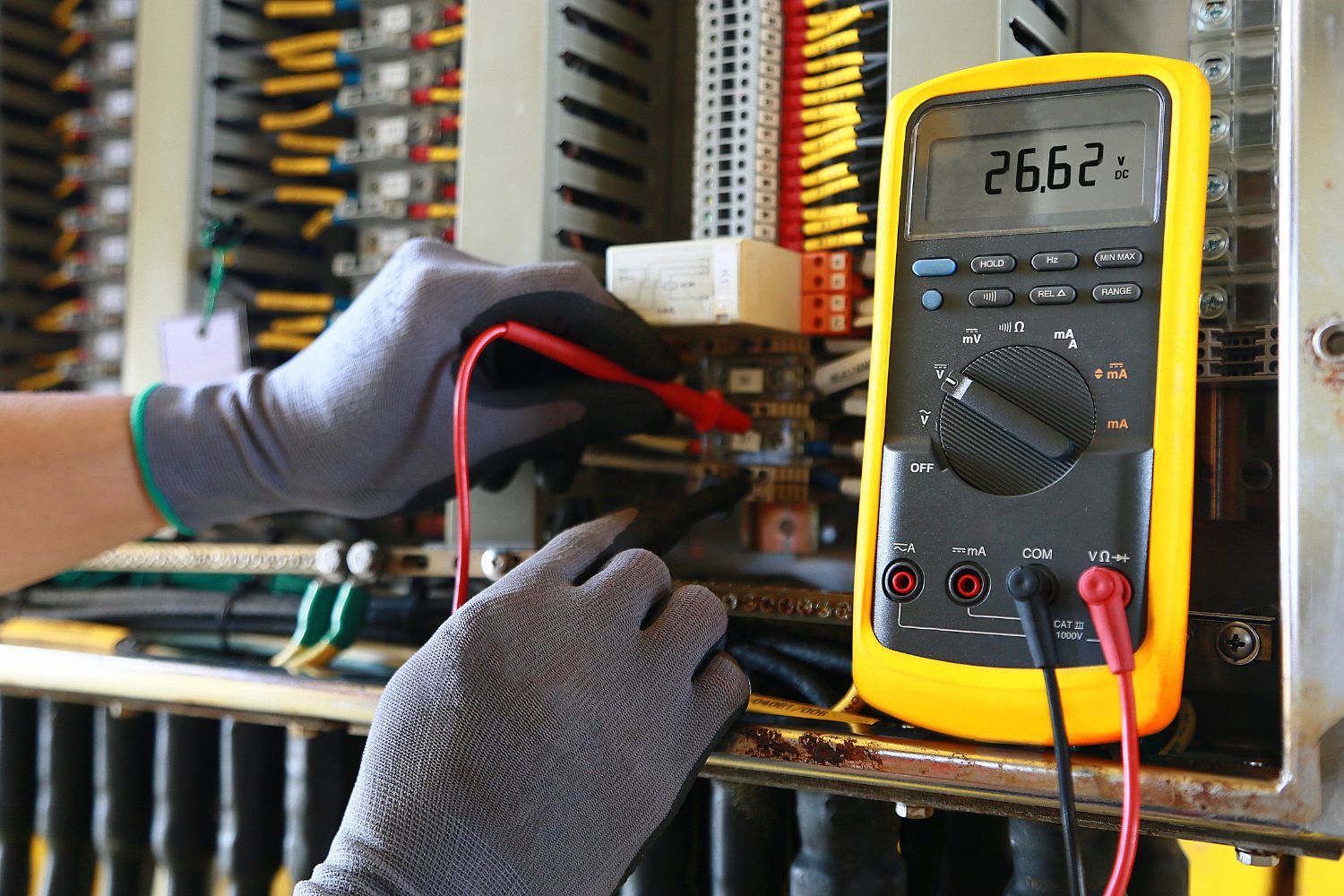- Home
- Articles
- Architectural Portfolio
- Architectral Presentation
- Inspirational Stories
- Architecture News
- Visualization
- BIM Industry
- Facade Design
- Parametric Design
- Career
- Landscape Architecture
- Construction
- Artificial Intelligence
- Sketching
- Design Softwares
- Diagrams
- Writing
- Architectural Tips
- Sustainability
- Courses
- Concept
- Technology
- History & Heritage
- Future of Architecture
- Guides & How-To
- Projects
- Interior Design
- Competitions
- Jobs
- Store
- Tools
- More
- Home
- Articles
- Architectural Portfolio
- Architectral Presentation
- Inspirational Stories
- Architecture News
- Visualization
- BIM Industry
- Facade Design
- Parametric Design
- Career
- Landscape Architecture
- Construction
- Artificial Intelligence
- Sketching
- Design Softwares
- Diagrams
- Writing
- Architectural Tips
- Sustainability
- Courses
- Concept
- Technology
- History & Heritage
- Future of Architecture
- Guides & How-To
- Projects
- Interior Design
- Competitions
- Jobs
- Store
- Tools
- More
Top Trends in House Design Across the USA: Modern, Sustainable, and Smart Home Innovations
Discover the top house design trends transforming homes across the U.S., from modern minimalism and sustainable living to smart home tech and outdoor spaces. Explore how innovation and regional influences shape stunning, functional homes, blending comfort, efficiency, and individuality to redefine modern living.

When it comes to house design, trends are constantly evolving, reflecting our changing lifestyles, preferences, and values. Across the U.S., we’re seeing a fascinating blend of innovation and tradition shaping the way homes look and feel. From sustainable materials to multifunctional spaces, modern design is all about creating homes that are both stylish and practical.
As we explore these trends, it’s clear that homeowners are prioritizing comfort, efficiency, and individuality. Whether it’s embracing open floor plans or incorporating smart home technology, the choices we make in design reflect how we live today. Let’s dive into the most exciting house design trends making waves across the country.
Table of Contents
ToggleModern Minimalism
Modern minimalism is redefining house design, focusing on simplicity and functionality. Its clean lines and uncluttered spaces appeal to homeowners across the U.S.

Open-Concept Layouts
Open-concept layouts dominate modern minimalist homes. These layouts remove barriers like walls between living, dining, and kitchen areas to create seamless spaces. For example, a kitchen island often doubles as a partition and dining table, fostering engagement. This trend enhances spatial efficiency and maximizes natural light flow throughout the home.
Neutral Color Palettes
Neutral color palettes are fundamental in minimalism, offering a clean, cohesive look. Shades like white, beige, gray, and soft earth tones create calming interiors. For instance, pairing white walls with natural wood furniture or light-gray flooring amplifies a home’s aesthetic while maintaining simplicity. These colors also provide flexibility for integrating accent elements without visual clutter.
Sustainable Design
Sustainable design emphasizes reducing environmental impact while creating comfortable and efficient living spaces. Across the U.S., it’s shaping how we build homes, blending modern technology with eco-friendly practices.

Energy-Efficient Materials
Energy-efficient materials enhance sustainability and lower utility costs. Insulation like spray foam and structural insulated panels (SIPs) improve temperature control and reduce energy usage. Low-emissivity (Low-E) windows block heat transfer, maintaining indoor comfort. Recycled materials like reclaimed wood and recycled steel are gaining traction, offering durability with minimal environmental impact. Advanced roofing materials, such as cool roofs, reflect more sunlight and absorb less heat.
Solar Power Integration
Solar power integration enables renewable energy solutions for homes. Photovoltaic panels installed on rooftops or within solar shingles generate electricity and reduce reliance on traditional power grids. Battery storage systems, like Tesla Powerwall, ensure homeowners use solar energy even when sunlight isn’t available. Some homeowners adopt passive solar design by strategically positioning windows and utilizing thermal mass to naturally heat and cool living spaces. Tax incentives in several states encourage embracing solar technology.
Smart Home Features
Smart home features are transforming house design, creating spaces that prioritize convenience, efficiency, and security through advanced technology. These features enhance daily living by seamlessly integrating digital solutions into our homes.

Voice-Controlled Technology
Voice-controlled technology simplifies home management by enabling hands-free operation of everyday tasks. Popular platforms like Amazon Alexa, Google Assistant, and Apple HomeKit allow us to control lighting, thermostats, and appliances with simple verbal commands. For example, we can adjust room temperatures or activate smart plugs with ease. These systems also support routines, automating sequences like turning off lights and locking doors at night. As voice recognition improves, integration across devices continues to expand, making this technology a staple in modern homes.
Security Innovations
Modern smart homes use advanced security innovations to protect properties and provide peace of mind. Key upgrades include smart locks, video doorbells, and surveillance cameras like those from Ring or Arlo. These devices offer remote monitoring, allowing us to see live feeds or grant access to visitors through our phones. Systems with motion detectors and facial recognition further enhance protection, notifying occupants of unusual activity. Smart sensors for windows and doors bring added layers of security, ensuring that no vulnerability goes unnoticed. These technologies redefine how we safeguard our homes, offering both efficiency and reliability.
Outdoor Living Spaces
Outdoor living spaces are gaining popularity in house design as homeowners seek to extend their living areas beyond interior walls. These designs emphasize functionality, comfort, and the seamless integration of nature into daily life.

Functional Patio Areas
Patio areas have evolved from simple outdoor seating to multi-functional spaces that accommodate various activities. Features like built-in fire pits, outdoor kitchens with grills and refrigerators, and covered lounging zones create usability throughout the year. Materials such as weather-resistant decking, concrete pavers, or natural stone ensure durability while matching the home’s aesthetic. Adding amenities like retractable awnings and outdoor heaters enhances comfort, especially in areas with seasonal weather shifts.
Seamless Indoor-Outdoor Transitions
Indoor-outdoor transitions are becoming a focal point in modern house design by removing barriers between the home and outdoor areas. Large sliding glass or bi-fold doors create expansive openings, merging indoor living rooms with patios or decks. Floor-to-ceiling windows and consistent flooring materials, such as wood-look tiles, further enhance this unity. By emphasizing these transitions, homeowners gain access to improved natural light, better airflow, and an enhanced connection to their surroundings.
Regional Influences
House design trends across the U.S. often reflect regional characteristics, shaped by local climate, culture, and lifestyle preferences. From coastal elegance to rustic charm, regional styles influence modern American homes in distinctive ways.

Coastal Aesthetic Trends
Coastal regions like California and Florida favor airy and open designs inspired by the surrounding environment. Large windows dominate these homes, maximizing natural light and offering unobstructed views of the ocean or landscape. Light color palettes, including whites, blues, and sandy neutrals, create an inviting and breezy atmosphere. Homes often incorporate natural materials such as driftwood, rattan, and stone to enhance the coastal theme while maintaining a connection to nature. Outdoor spaces, such as wraparound decks or balconies, further emphasize the seamless harmony between indoor and outdoor living.
Rustic Designs in the Midwest
Midwestern homes frequently showcase rustic and practical design elements deeply rooted in this region’s agricultural heritage. Exposed wood beams, reclaimed barnwood, and stone fireplaces characterize these homes, creating a warm and cozy environment. Open-concept kitchens with large islands often anchor these designs, providing functionality and space for gatherings. Earthy color tones, such as browns and muted greens, reflect the natural surroundings. Additionally, large porches or wraparound verandas are popular features, offering spaces for relaxation and enjoying scenic landscapes.
Conclusion
House design trends across the U.S. highlight a dynamic interplay of innovation, tradition, and regional influences. From the sleek lines of modern minimalism, emphasizing open-concept layouts and neutral color schemes, to sustainable design advancements like energy-efficient materials and solar technology, these trends align with both aesthetic and functional priorities. Smart home integration continues to revolutionize convenience and security, while outdoor living designs expand our interaction with nature and reimagine the boundaries of living spaces.
Regional preferences further enrich the diversity of house designs, reflecting cultural and climatic considerations unique to each area. This combination of nationwide innovation with local charm underscores the transformative impact of these trends on modern living. By embracing these evolving ideas, homeowners gain the opportunity to tailor spaces that reflect their values, lifestyle, and sense of place.
- cutting-edge home innovations
- eco-friendly house designs
- energy-efficient home designs
- environmentally friendly homes
- future home trends
- green building techniques
- high-tech home features
- home automation solutions
- innovative building designs
- intelligent home systems
- Modern House Design
- modern smart homes
- renewable energy homes
- residential energy efficiency
- smart home gadgets
- smart home technology
- smart house design ideas
- sustainable architecture USA
- sustainable home innovations
- sustainable living spaces
- USA home design trends
- USA modern architecture
Submit your architectural projects
Follow these steps for submission your project. Submission FormLatest Posts
Practical Solutions To Balance Staff Roles And Automated Assistance
Businesses today operate in environments where efficiency, responsiveness, and adaptability matter more...
How Designers Can Use Custom QR Codes to Enhance Branding and User Experience
Design has always been about meaning. A shape, a colour, a line...
Acoustic Panels: Where Aesthetics Meet Sound Design
Acoustic panels that elevate design and clarity: learn NRC, RT60 targets, absorbers...
Revolutionizing Electrical Estimating with Drawer AI
In the evolving world of electrical contracting, the demand for faster, more...












Leave a comment